During our tour of The Historic Ships of Baltimore, Jandy, Kyle and I first visited the USCGC Taney, a United States Coast Guard High Endurance Cutter (WPG/WAGC/WHEC-37), one of two of the famed Treasury-class (out of seven total) Coast Guard cutters still afloat.
It is notable for being the last ship afloat (a non-combatant vessel at Pearl Harbor, the US Navy tug Hoga, also remains afloat) that fought in the December 7, 1941 attack on Pearl Harbor (although Taney was actually moored in nearby Honolulu Harbor not Pearl Harbor itself).
This destroyer-size cutter, named after famed Maryland Supreme Court Justice Roger B. Taney (who was, at various times, US Attorney General, Secretary of the Treasury, and Chief Justice of the Supreme Court), was 327 ft. long, with a beam of 41 ft., and originally displaced 2000 tons.
Here are some interesting historical trivia regarding this ship’s distinguished career:
- The Taney was laid on May 1, 1935, at the Philadelphia Navy Yard where she was built alongside three of her sister ships, Campbell, Duane and Ingham.
- She was launched on June 3, 1936 and commissioned on October 24 that same year. It was first home ported in Honolulu, Hawaii
- Designed for peacetime missions of law enforcement, search and rescue, and maritime patrol, its original armament consisted of two 5”/51 caliber deck guns, and two 6-pounder saluting guns. It was also originally equipped to carry a Grumman JF-2 “Duck” float plane.
- In May or June 1937, the Roger B. Taney’s name was shortened to simply Taney.
- In the pre-war years, Taney she interdicted opium smugglers and carried out search and rescue duties from the Hawaiian Islands through the central Pacific Ocean and made regular cruises to the equatorial Line Islands (Kanton and Enderbury Islands), some 1500 miles southwest of Oahu, to re-supply and support to American colonists there.
- In 1937, Taney participated in the search for missing aviator Amelia Earhart.
- In 1940 and 1941, in anticipation of war, she received successive armament upgrades that included an additional 5”/51 caliber gun on the fantail (where her float plane once stood), three 3”/50 caliber dual purpose guns (capable of shooting at both surface and airborne targets), additional .50 caliber machine guns, depth charge racks and throwers, and sonar for locating submarines.
- On the eve of Pearl Harbor, though she retained her Coast Guard crew, Taney was officially assigned to the US Navy’s Destroyer Division 80.
- On December 7, 1941, when Japanese aircraft attacked Pearl Harbor and other American military installations in Hawaii, she was tied up at Pier 6, Honolulu, where she was able to repeatedly engage Japanese planes which over flew the city. When the attack subsided, it immediately set out to search for Japanese submarines off Pearl Harbor. Although it did not locate any, the ship received the American Defense Service Medal for the crew’s quick and courageous action.
- From December 1941 until the fall of 1943, Taney operated from the west coast of the US through the Central Pacific, carrying out anti-submarine patrols, convoy escort duties as well as special assignments.
- In 1942, after the Battle of Midway, she was one of many ships searching for survivors
- In July 1943, while delivering a US Navy survey party to Baker Island along the Equator, the cutter fought off an attack by a Japanese “Mavis” patrol bomber.
- In the fall of 1943, after a major refit at Mare Island (during which the ship lost her older 5”/51s and 3”/50s and received four 5”/38 caliber dual purpose guns), Taney was transferred to the Atlantic Theater where she served as Flagship of Task Force 66, US Atlantic Fleet and was the command vessel for six convoys of troop and supply ships between the US and North Africa.
- On the evening of April 20, 1944, off the coast of North Africa, Taney narrowly dodged several torpedoes while fending off a large scale attack by German Junkers Ju 88and Heinkel He 111 medium bombers against Convoy UGS-38. Three ships were lost in the attack including the ammunition ship SS Paul Hamilton and the destroyer USS Lansdale.
- In 1945, after a dramatic reconfiguration as an Amphibious Command Ship (AGC), Taney returned to the Pacific.
- During the Battle of Okinawa, the cutter was the flagship of Rear Admiral Calvin Cobb, USN, who commanded a variety of naval operations off the island of Ie Shima, immediately northwest of Okinawa.
- During April and May 1945, at the height of the campaign during 119 separate engagements in which her crew stood to battle stations, Taney was under frequent attack and was credited with destroying four Kamikaze suicide planes and 1 Mitsubishi G4M “Betty” bomber and assisted in numerous other “kills.”
- Immediately after the end of the Pacific war, on September 11, 1945, Taney steamed into Japanese home waters at Wakayama, where it received American and other Allied prisoners-of-war and assisted with their evacuation.
- During the Korean War, Taney received additional anti-submarine weapons and frequently carried out plane-guard duties off Midway Island and Adak, Alaska.
- Following World War II, Taney was reconfigured for peacetime duties and, from 1946 until 1972, she was home ported in Alameda, California. Known as “The Queen of the Pacific,” she carried out virtually every peacetime Coast Guard duty including decades of Ocean Weather Patrol throughout the Pacific, fisheries patrols in the Bearing Sea and countless search and rescue missions.
- On April 27, 1960, Taney had the honor to host French President Charles de Gaulle on his VIP tour of San Francisco Bay.
- By the late 1960s, Taney had become the last United States vessel still in commission that had seen action during the December 7, 1941 Japanese attack on Hawaii. Consequently, from that time on, she was often referred to as “The Last Survivor of Pearl Harbor.”
- In 1969-70, during the Vietnam War, Taney participated in “Operation Market Time” in the South China Sea. As a unit of Coast Guard Squadron III, she interdicted illegal arms and supplies by inspecting 1,000 vessels along the coast of South Vietnam, fired over 3,400 rounds of 5”/38 ammunition, in support of American and South Vietnamese troops, and provided medical assistance to more than 5,000 Vietnamese civilians. For the crew’s service, the government of the Republic of South Vietnam awarded, in February 1970, Taney with the Vietnam Presidential Unit Citation.
- In February 1972, Taney was reassigned, from the 12th Coast Guard District in San Francisco, to the 5th Coast Guard District in Virginia.
- From 1973 to 1977, Taney carried out Ocean Weather Patrol at Weather Station HOTEL, some 200 miles off the coast of New Jersey, as well as “hurricane hunting” (for which she received a special Doppler weather radar installation atop her pilot house).
- In September 1977, Taney had the distinction of completing the Coast Guard’s last ocean weather patrol when she closed out Ocean Weather Station HOTEL.
- From 1977 until 1986, Taney carried out search and rescue duties, fisheries patrols in the North Atlantic, drug interdiction patrols in the Caribbean, and summer training cruises for the Coast Guard Academy. During this period she made 11 major seizures of illegal drug including a 1985 bust which netted 160 tons of marijuana – the largest in US history.
Over her distinguished career, Taney received three battle stars for World War II service and numerous theater ribbons for service in World War II, the Korean War, and Vietnam War.
After more than 50 years of service, Taney was decommissioned on December 7, 1986 at Portsmouth, Virginia and given to the City of Baltimore, Maryland as a memorial and museum ship in the Inner Harbor as part of the Historic Ships in Baltimore collection.
Check out “The Historic Ships of Baltimore“
In 1988, USCGC Taney was added to the National Register of Historic Places and, on the same day, was also designated as a National Historic Landmark. Taney is included in the Baltimore National Heritage Area.
During our tour, much of the ship was open to walk through. We explored both below decks and up to the bridge. Upon close inspection, this museum ship is not exactly a World War II time capsule like USS Missouri and other veteran ships.
Throughout her life, she had been modernized and her spaces are more typical of a naval ship of the 1980s, the decade when she was decommissioned, rather than the 1940s.
Items of circa 1986 shipboard life include personal items and clothing in living quarters, offices with cabinets and typewriters, an ammunition room still loaded with training rounds, and stocked damage control lockers.
Some spaces have been repurposed for museum exhibits that focused on events the ship played a role (Pearl Harbor, Okinawa, Vietnam War, etc.).
USCGC Taney: Pier 5, Baltimore Maritime Museum, 301 East Pratt St., Baltimore, Maryland 21202-3134, United States. Open spring, summer and fall Sundays-Thursdays, 10 AM to 5:30 PM; Fridays & Saturdays, 10AM to 6:30 PM. During the winter, it is open Fridays-Sundays only: 10:30 AM to 5 PM. Tel: 410-396-3453. E-mail: administration@historicships.org. Website: www.historicships.org. Admission: US$18 (Fleet Pass – 4 ships entry), UUS$15 (Squadron Pass – 2 ships entry). Tickets may be purchased on-line or at ticket locations on Pier 1, Pier 3 or on board the USCGC Taney.
How to Get There: The Inner Harbor is accessible by bus, light rail, and metro subway (one-way rides are US$1.60). The light rail station closest to the ship is located at the Convention Center on Pratt Street (nine blocks west of the harbor). The closest metro station is Market Place at Power Plant Live (three blocks north and two blocks east of the submarine). There are also several bus routes that serve the Inner Harbor.

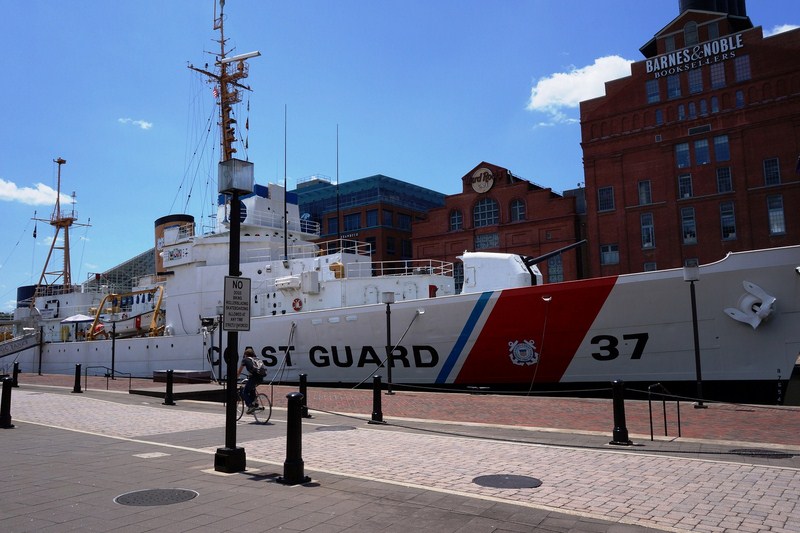
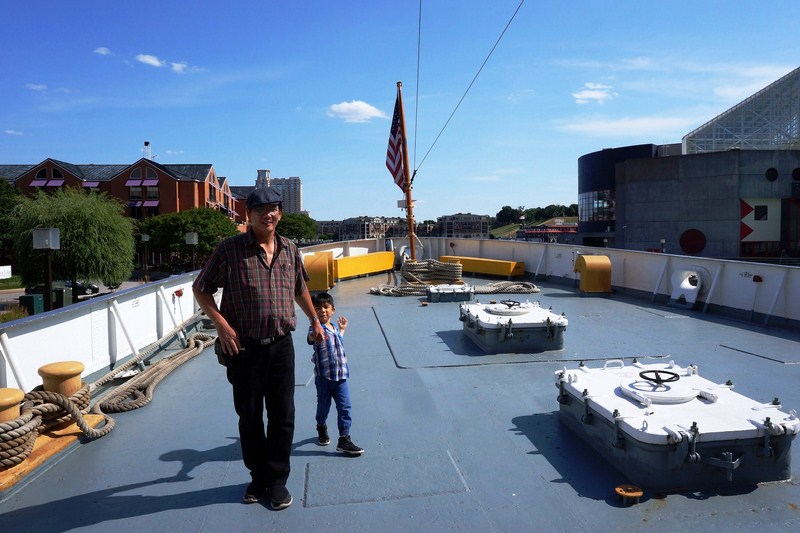

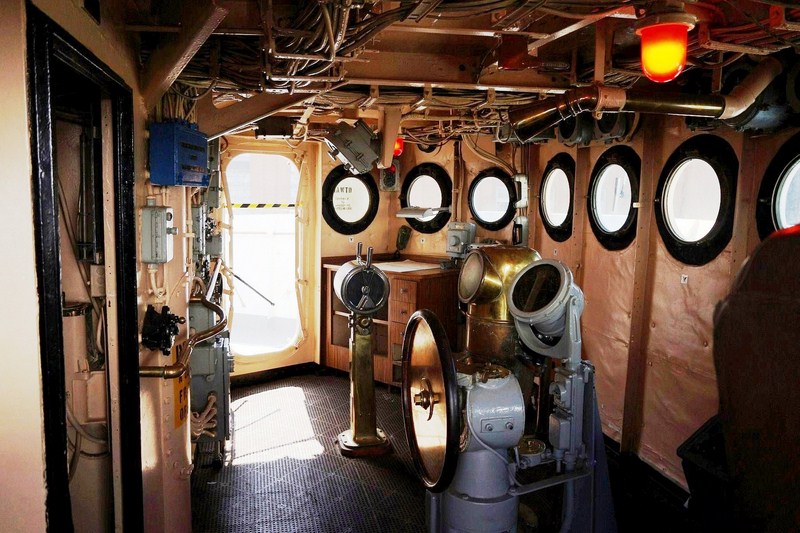
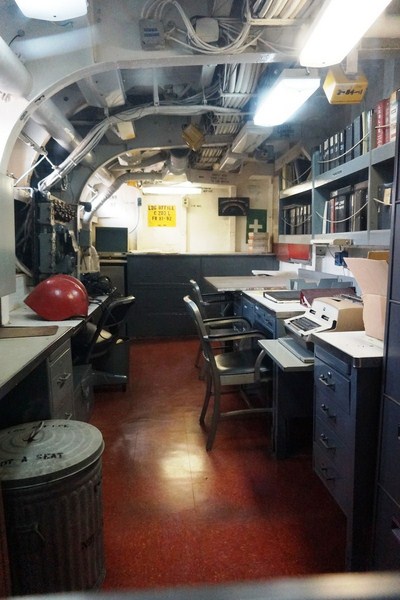
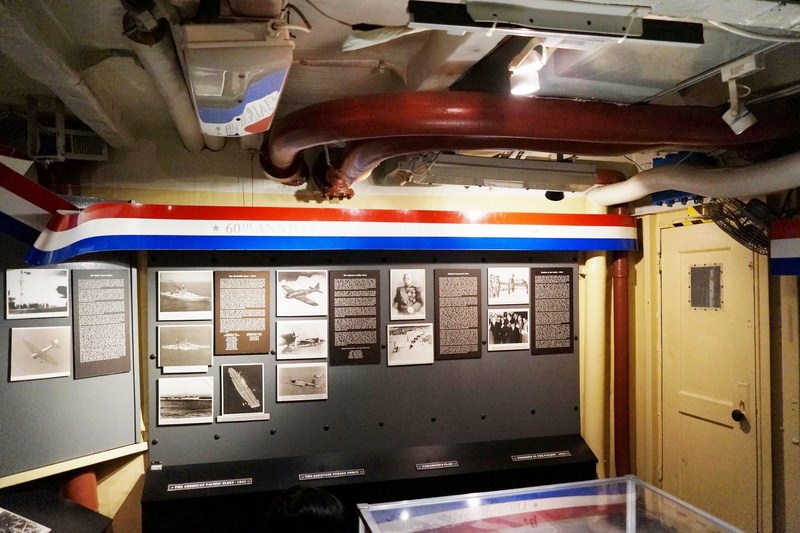
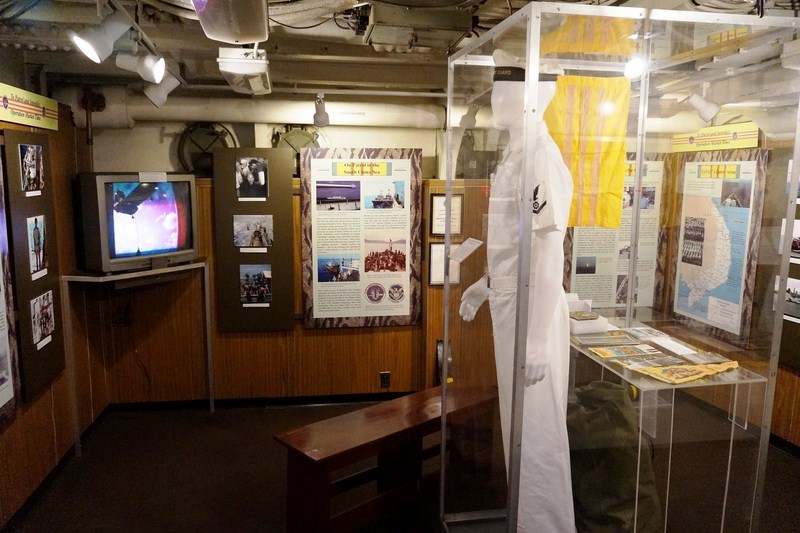
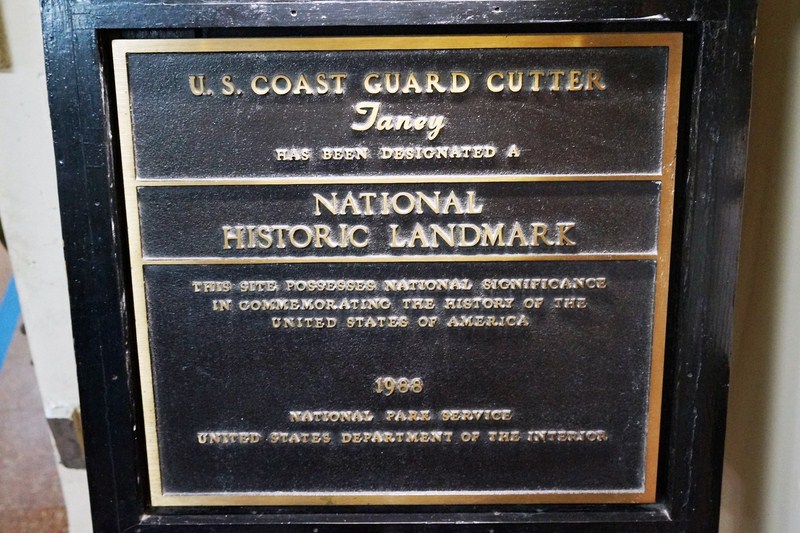
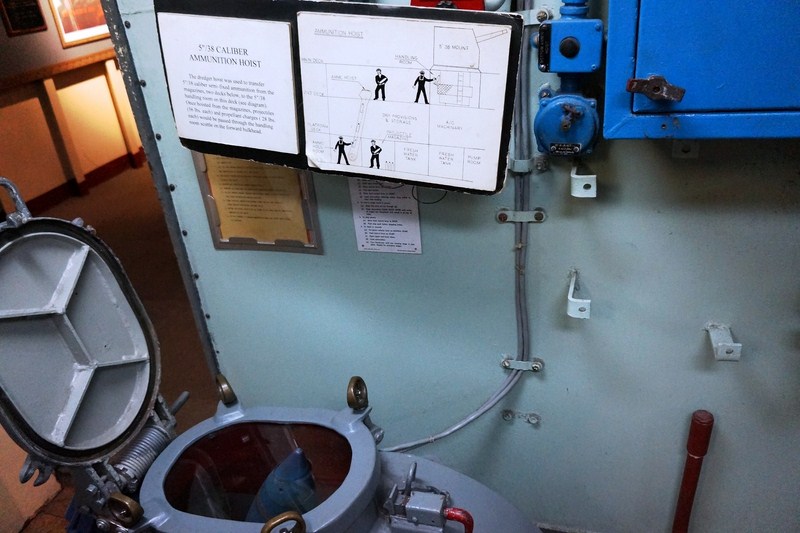
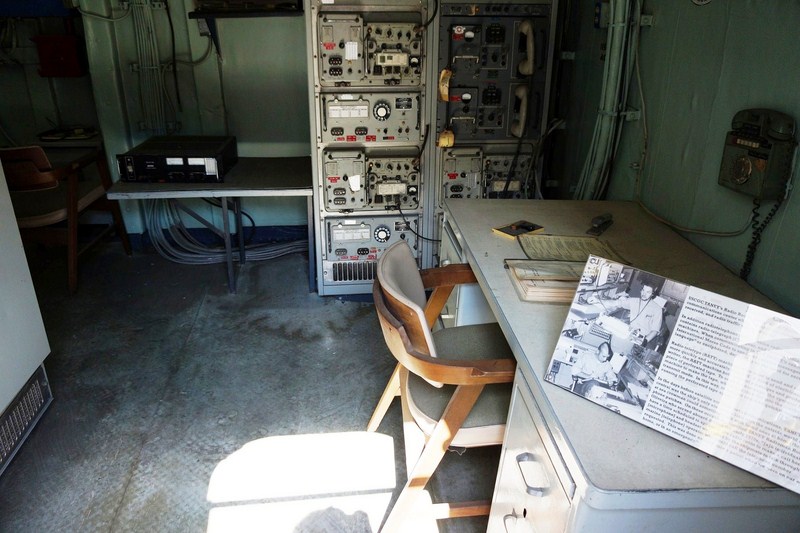
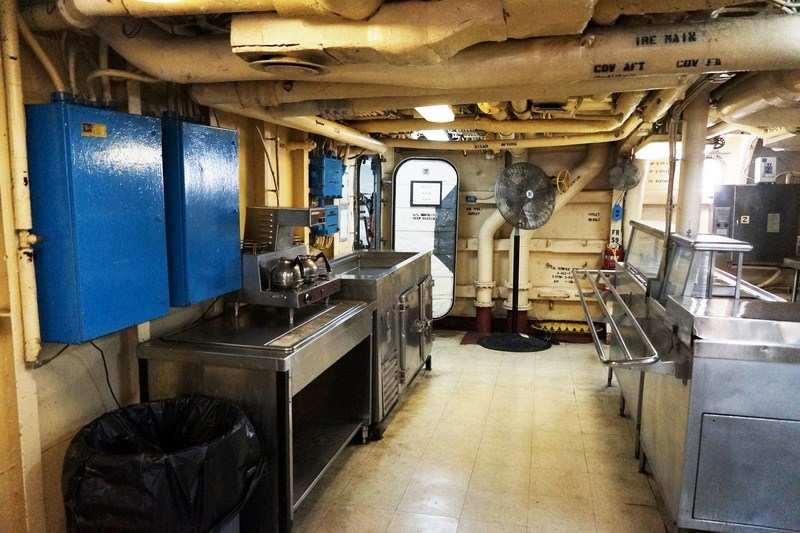
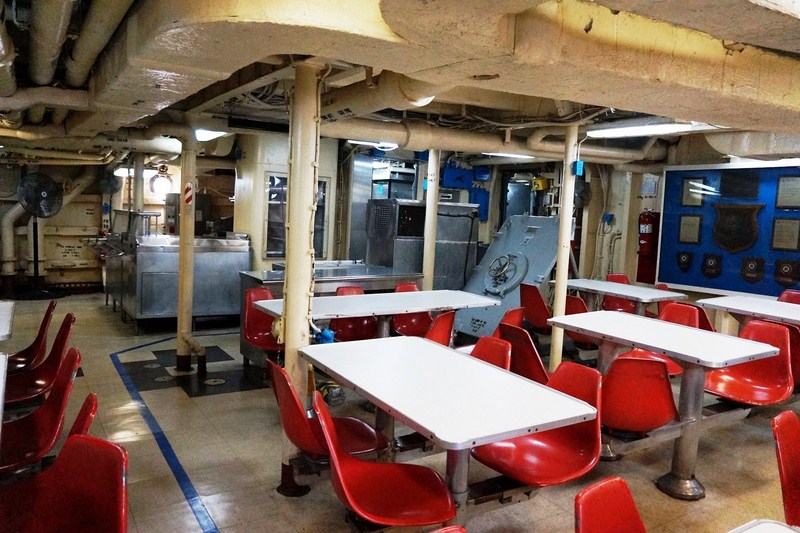
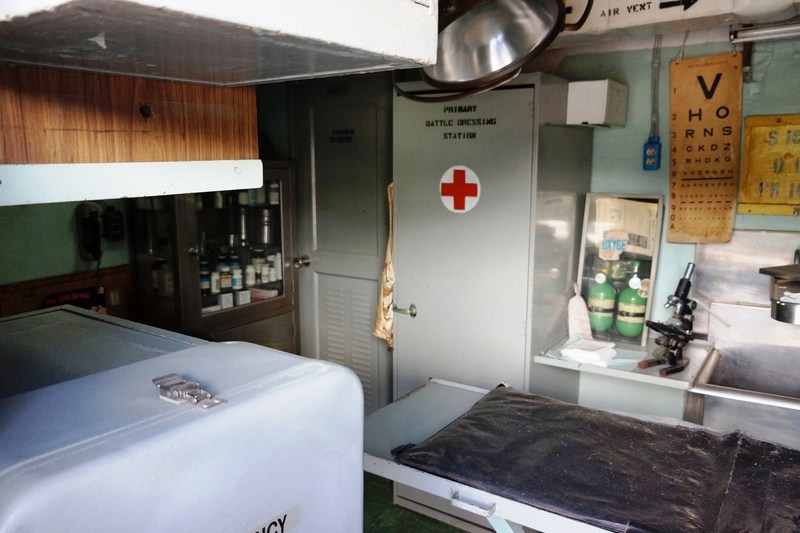
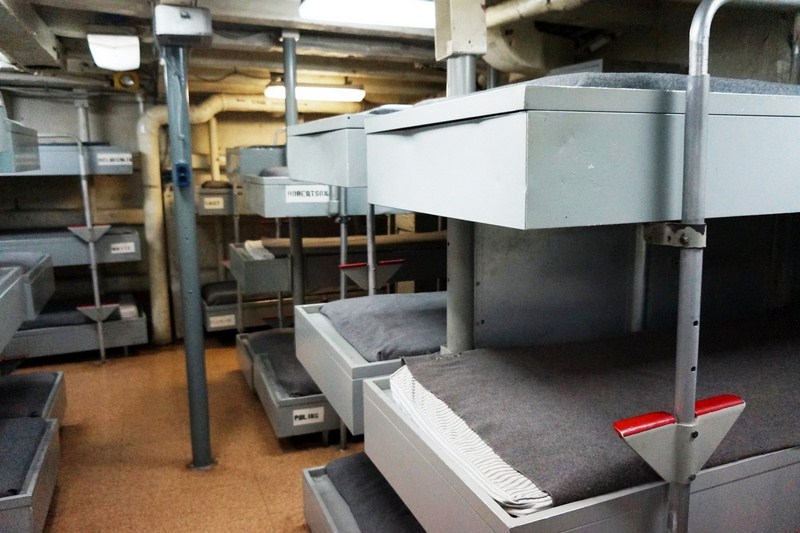
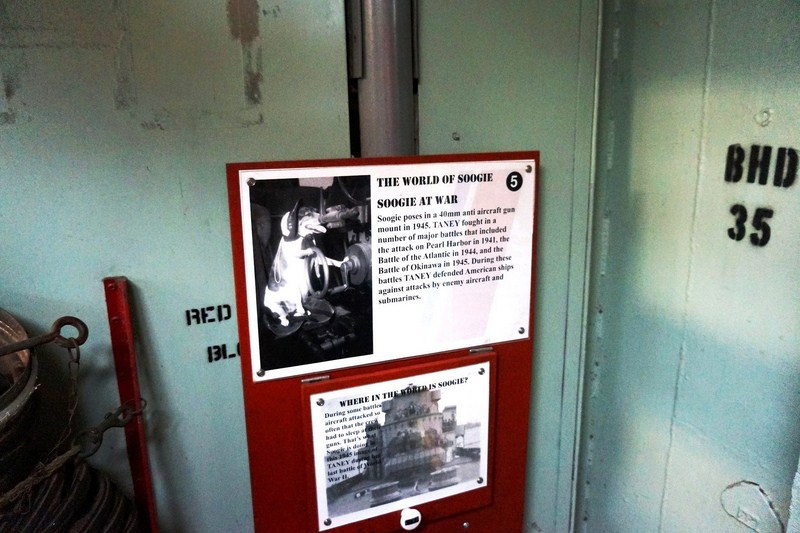
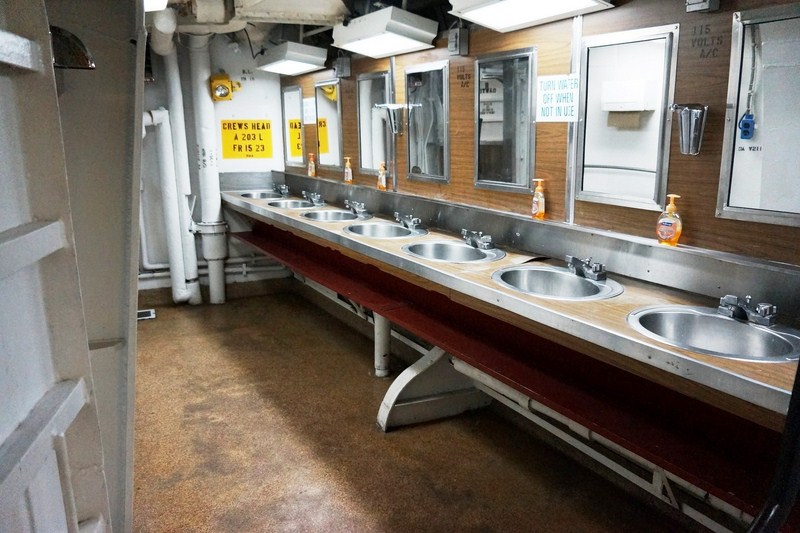
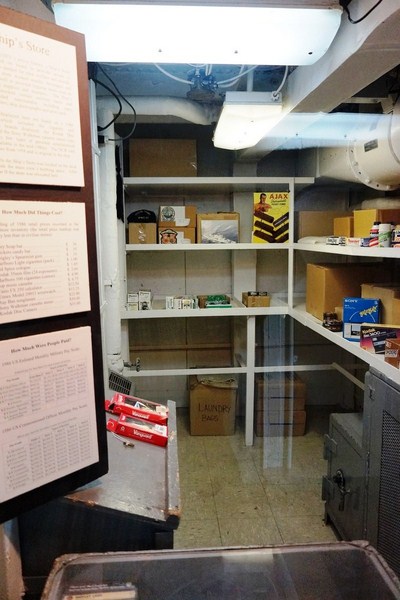
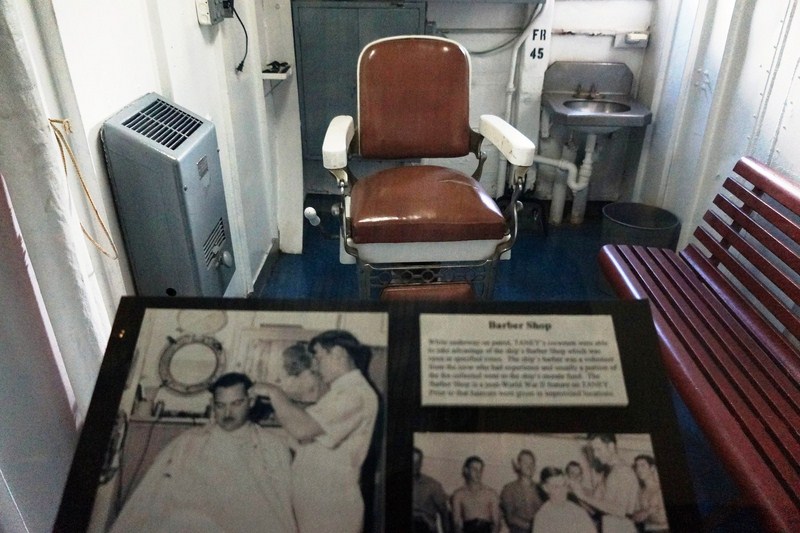
Pingback: Baltimore’s Inner Harbor (Maryland, USA) – B.L.A.S.T. – Live Life to the Fullest ……… Don't Stay Put